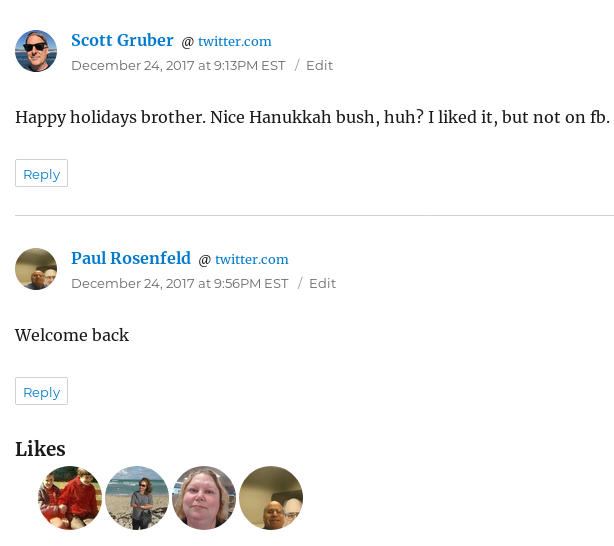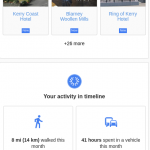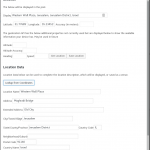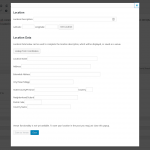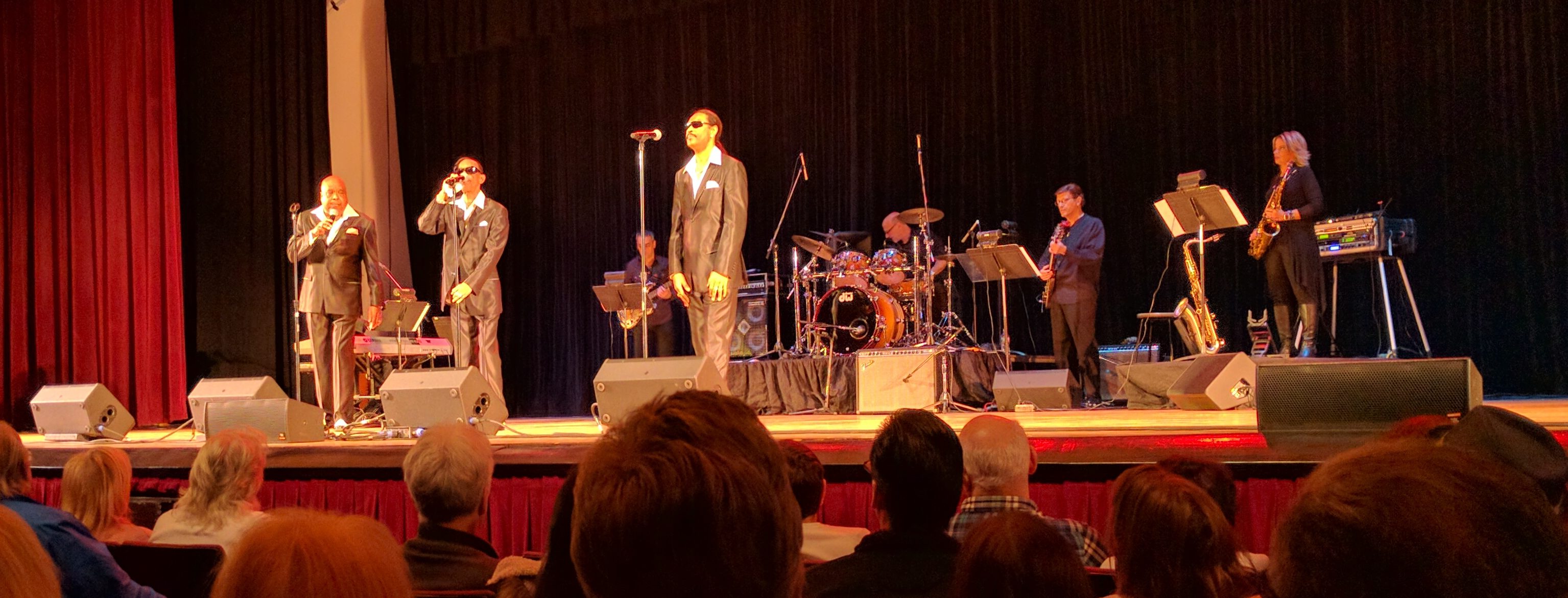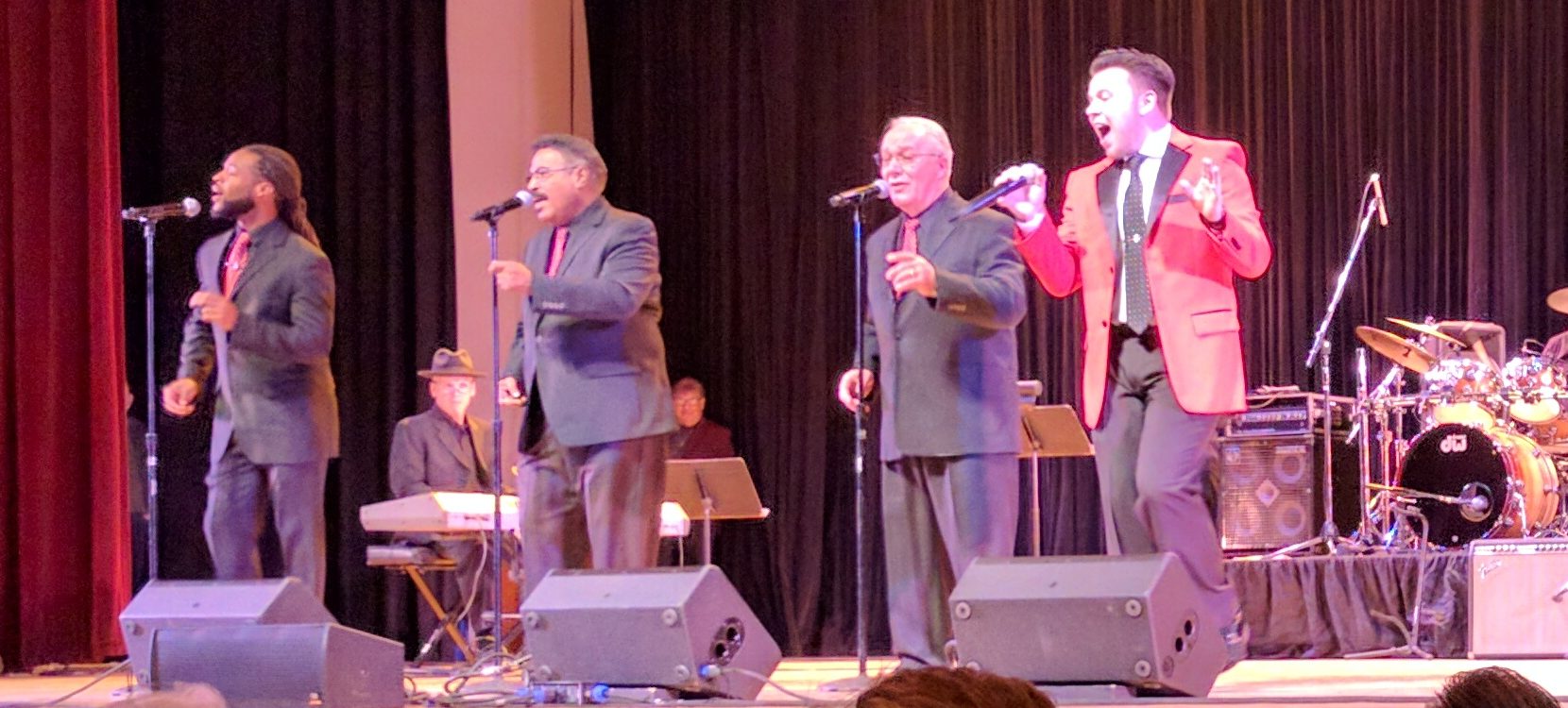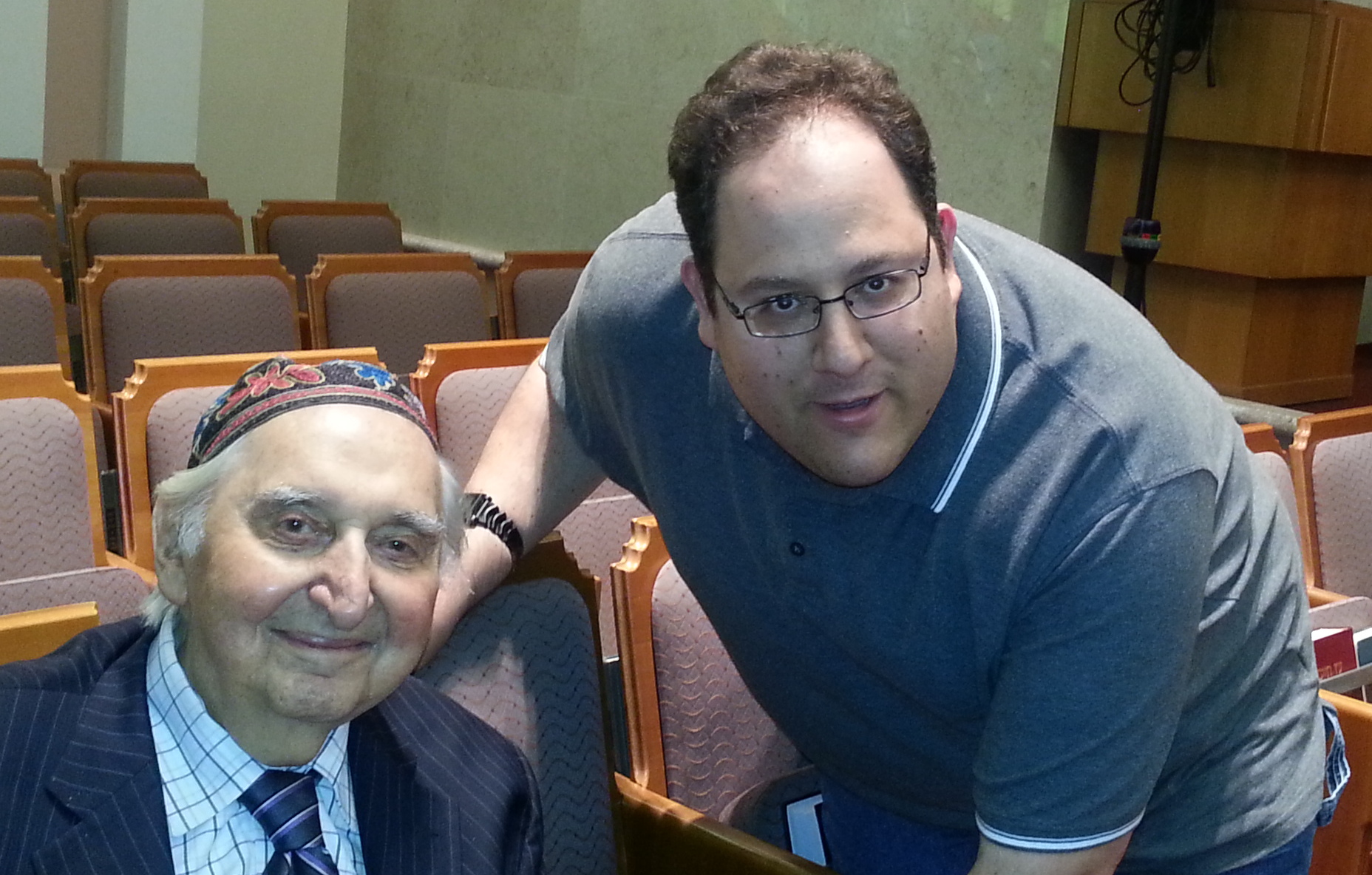This is an update to my 2014 article on how I set up my WordPress site. It was requested I update it.
Standard Plugins
Character Count for Post Content and Excerpt(Link) – Because I need to be aware of the 140 character limit of Twitter, one of the services I send my content to, I need to know the character count of what I’m typing. This adds that to my editing screen.No longer using this plugin and could not find a replacement.- EWWW Image Optimizer(Link) – It reduces file sizes for images to ensure faster loading
- Pushover Notifications(Link)or the forked alternative Pushbullet Notifications(Link) for WordPress – This plugin sends notifications of site events to my phone. The Pushover version is actively maintained and allows for extensions.
- Simple Local Avatars(Link) – Overrides the default of using the Gravatar service for profile pictures to storing them locally. However, this plugin hasn’t been updated in years. May look for a new one.
WordPress SEO by Yoast(Link) – While I’m not obsessive about Search Engine Optimization, I find this plugin assists in my writing by reminding me about the importance of certain elements.While this is still a popular plugin and good for many people, it’s become a bit too aggressive for me.- The SEO Framework (Link) – Sometimes, I think about getting rid of all SEO plugins. I’m not really obsessed with this. This does add non-Indieweb markup for some sites that require it. It isn’t worth it for me to manually add this right now.
- Hum(Link) – This is a simple URL shortener. So for each post, there is an equivalent URL address at di5.us. This allows me to give out easier to enter links to longer post titles.
- JSON Feed(Link) – Adds a JSON Feed to a WordPress site. This is an alternative to RSS as a feed. I’ve used it to feed my content to Micro.blog more effectively, as the specification was co-created by Manton Reece, who is the creator of that service. The plugin could stand some enhancement.
- Series(Link) – Creates a simple taxonomy called ‘Series’. I added this to my site to allow creating series of articles.
- WP Photo Sphere(Link) – For the rare occasions that I post 360 degree images. Rare as in I’ve only posted one.
- Social Network Auto Poster(Link) – I keep wanting to get rid of this thing. But I haven’t spent the time to replace it. Thinking of doing that soon.
- Simple Location(Link) – You can call this an Indieweb plugin, but it isn’t specifically an Indieweb technology(although it does use Microformats markup). It adds location and weather awareness to a post. So, you can click to add your location and the current weather conditions at that location to a post.
- Home Assistant for WordPress(Link) – I use Home Assistant for my Home Automation integration. Since it has an API, I wrote this simple plugin. While at the moment, I hope to add the ability to display information from any sensor and to update a sensor on the Home Assistant side from WordPress, I use it right now as an enhancement to Simple Location. Instead of getting my location from the browser, it gets it from my Home Assistant installation, which tracks my presence.
The Indieweb Stuff
- WordPress Webmention(Link) – Adds webmention support for WordPress. This allows communications between sites.
- Semantic Linkbacks(Link) – Adds richer content to WordPress comments received by Webmention. For example, interprets them as reply, repost, like, favorite, mention, etc. This allows different displays and actions to be done with them.
Semantic Comments(Link) – One of my own plugins. It changes the display of WordPress comments based on the information from Semantic Linkbacks. It presents the profile pictures in a Facepile for the various types of mentions with the comments separately below.This functionality has now been rolled into Semantic Linkbacks and is even better than it was.Indieweb Taxonomy(Link) – Semantic Linkbacks is all about receiving webmentions for the various semantic types. But this plugin, another one of mine(although I credit several with contributions), adds new terms to WordPress posts for responding to content on another site. So, a post on this site can be a reply to another site, a like, etc. It will automatically send a webmention to the other site, if that site supports it, of course.Replaced by Post Kinds- Post Kinds (Link) – This replaced Indieweb Taxonomy. It is a replacement for the WordPress Post Formats which uses Indieweb post types. It allows you to respond to content on other sites, generates previews of those sites for context, allows you to post activity type posts(like watching, listening, reading, etc).
- Syndication Links(Link) – Another project, which adds fields to a post for the corresponding versions on other networks. It also adds links to same to the post.
H-Card Tools – Still under development and not yet available for download, this is just the profile widget marked up appropriately, in the sidebar of the site.Some of this was rolled into the Indieweb plugin- Indieweb Plugin(Link) – The Indieweb plugin is not only a plugin installer, but it contains tools for adding rel-me links based on your profile, declaring the default author for your site, and adding a simple h-card widget to show off a primary author.
A Few Choices
- There is an alternative to my Syndication Links plugin…a plugin called WordPress Syndication (Link). It automatically adds the links to the post, and extracts the data from a variety of sources that post to other sites. This includes NextScripts Social Network Auto-Poster(Link) or Mailchimp’s Social plugin(Link), and even Bridgy(we’ll get back to Bridgy in a moment).
- The theme I use is a custom one I built, but the most popular theme for Indieweb sites is Sempress(Link). My theme isn’t quite refined, but if you want it,
a copy can be downloaded here. The version in use on my site is just a colored version of the minimal style the theme offers.I am currently using a fork of the WordPress Twenty-Sixteen theme(link) I modified for Microformats and support of the plugins I use.
Bridgy
Bridgy is not a WordPress plugin, or something you need to install(although you can host it yourself). Bridgy now has a WordPress plugin(link) which acts as a UI for registering and posting to Bridgy. Oddly enough, I wrote the plugin, but don’t actively use it. I need to fix my handling of syndication.
Bridgy is a service that you can link your accounts on places like Twitter, Github and Facebook to, and it will pull in comments, likes, etc from those sites and send them to your site to be integrated. This requires the Webmention and Semantic Linkback plugins to understand what is being sent.
To the Future
I enjoy developing this site as a learning tool. I hadn’t done much WordPress development before this and it is very useful to know.
For anyone who comes here considering trying my setup, I’m always available to help. For those who are trying my plugins…they are still being refined, but feedback and contributions(of code) are appreciated.
This site is under development, so it does change regularly. I will often summarize some of the changes with a post, but sometimes not.


